1. Assess the key requirements of your team
The first step is to look closely at the roles within your team and determine exactly what each person needs to operate effectively. You’ll need to consider the size of your team, the mix of responsibilities, and any specialist skills involved. If you’ve got managers and supervisors who’ll eventually be involved in managing them it’s a good idea to gain insight into what they’ll be carrying out, the environments they’ll be working in, and the potential risks they may face.
Once you’ve gathered this information, it’s then a good idea to create a structured outline of the core requirements. For example, office-based staff may need access to communication platforms and digital systems, while operational staff may need specific tools or protective gear. There are lots of reasons it’s so helpful to establish all this well in advance – it enables you to prioritise what needs to be in place before the team starts work. It can also help you to plan stock levels, training programmes, and workflows in advance, reducing the chance of gaps that could hold anyone back.
2. Establish clear communication and expectations from the start
Large teams obviously need to know exactly what they’re doing from the outset, so you’ll need to make sure everyone knows what’s expected of them. This includes day-to-day responsibilities, as well as how they’re expected to interact with colleagues, how to report issues, and what standards of behaviour are in place. It’s all about clear communication – essentially, giving your team a stronger sense of security and reducing the risk of confusion.
You may find it useful to prepare communication materials and hold initial meetings that set the tone. Handbooks, guides, and welcome sessions are all good ways to get started, as are direct conversations between managers and team members. That’s especially true for the latter, actually, as two-way exchange can help people ask questions and make sure that any expectations are properly understood.
3. Provide training and resources to maximise your team’s confidence and efficiency
New employees in large groups will generally benefit from access to structured training and resources that give them everything they need to do their jobs. So, your company will need to design training programmes that focus on practical skills and knowledge, ensuring that your team members know how to use systems, follow processes, and carry out their tasks efficiently. Ideally, training should be tailored to specific roles, with additional resources available to those who need more support.
Alongside training, it’s vital to provide your team with resources that make their jobs easier. This could include access to digital tools, manuals, or quick reference guides that answer common questions. As you may surmise, it goes a long way towards maximising efficiency, as it helps to minimise situations in which staff are uncertain because they don’t know who to turn to if a problem pops up.
4. Put support systems in place to help your team settle in quickly
Large teams tend to hugely benefit from structured support systems. There are a couple of ways you can go about this – you can assign mentors, provide access to dedicated help channels, and make sure managers are available to promptly answer any questions. This can help your team settle in quickly, since they know who to turn to when difficulties arise. This kind of supportive environment can also reduce frustration and builds trust, helping to smooth over the team’s integration into the wider organisation.
Support systems should also extend to wellbeing. Large groups can feel overwhelming, and individuals may sometimes struggle to find their place. Offering check-ins, employee assistance programmes, or informal peer networks can all give your company a framework that addresses both professional and personal needs. Team members supported in this way are typically more engaged, more productive, and more likely to stay committed to their roles.
5. Outfit your team appropriately with the right workwear and equipment
Finally, a key component of preparing large teams involves by supplying workwear and equipment that match the demands of each role. Every person must have the correct clothing and tools, both for safety and for efficiency. This requires advance planning, with accurate sizing information, clear understanding of role-specific requirements, and a reliable supply chain to deliver items on time. When your team has the right workwear and equipment from day one, they can step straight into their roles and start contributing.
Here, durability and comfort are both equally important. Your staff will likely wear or use these items for long periods, so they’ll need to be fit for purpose. Providing appropriate workwear and equipment shows people that their needs have been considered, which encourages commitment and loyalty. It also also strengthens the professional image of the group.
Those are just a couple of the key reasons – you may well be able to think of plenty more yourself! Whatever the case, if you’re looking to outfit a new team, or even refresh your staff’s workwear, you’re in exactly the right place. At City Workwear, we have a huge range of garments to choose from – ranging from T-shirts and polo shirts.
What’s more, you can customise these until they’re an exact fit for your business or brand. All of our customisations are done in-house using our experienced team of designers and print machinists, so you can liaise directly with us to get exactly what you’re looking for. We also provide a FREE workwear printing and embroidery service and FREE delivery for orders over £150!
Feel free to take a look around our website to see what you can find, or alternatively give our team a call on 0330 004 0440, and we’ll be happy to help however we can!






